- Contacto: +86-18518778855
- Correo electrónico: [email protected]

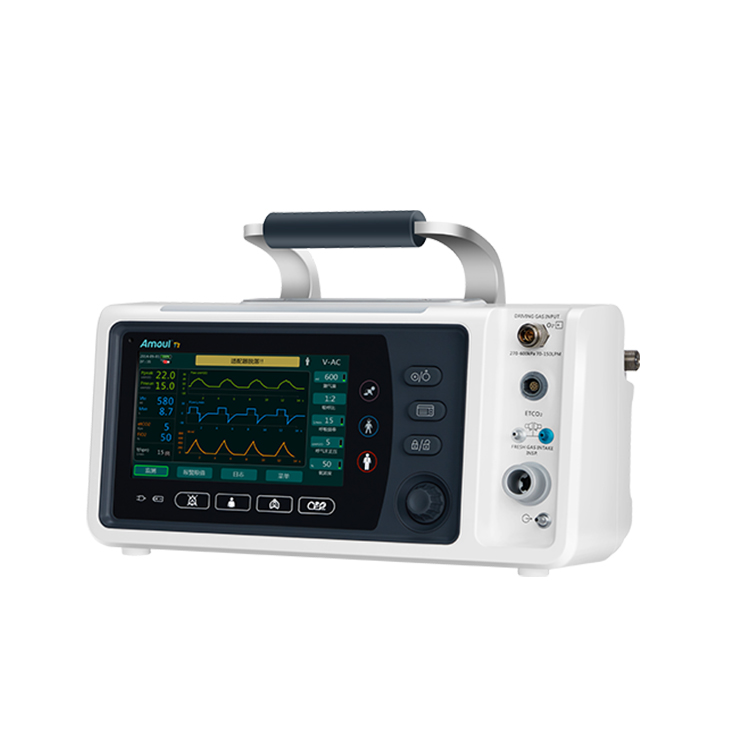

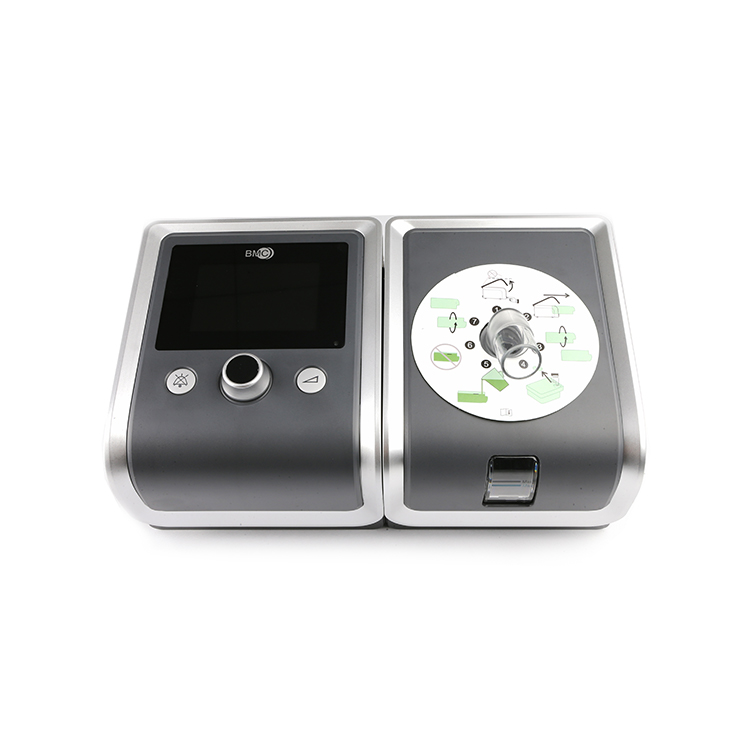
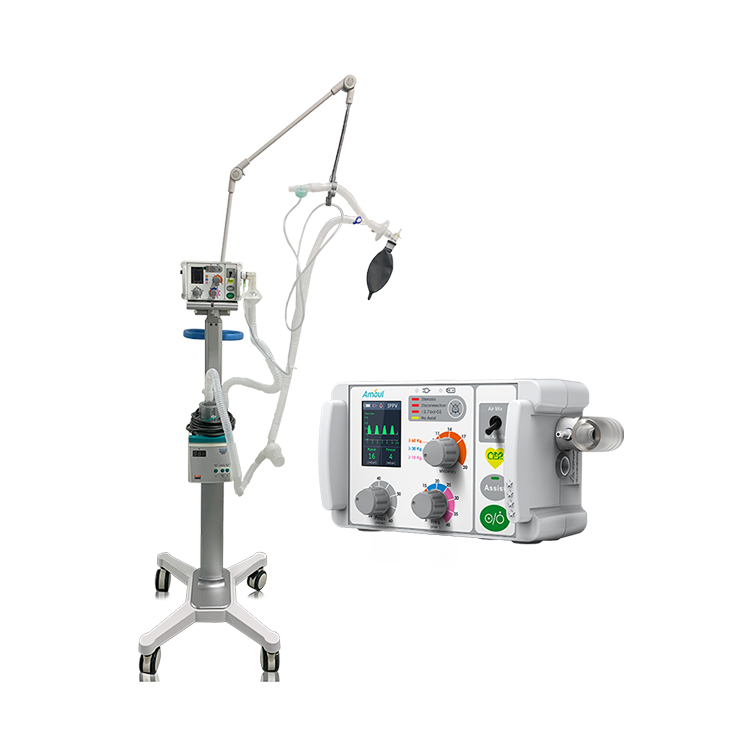
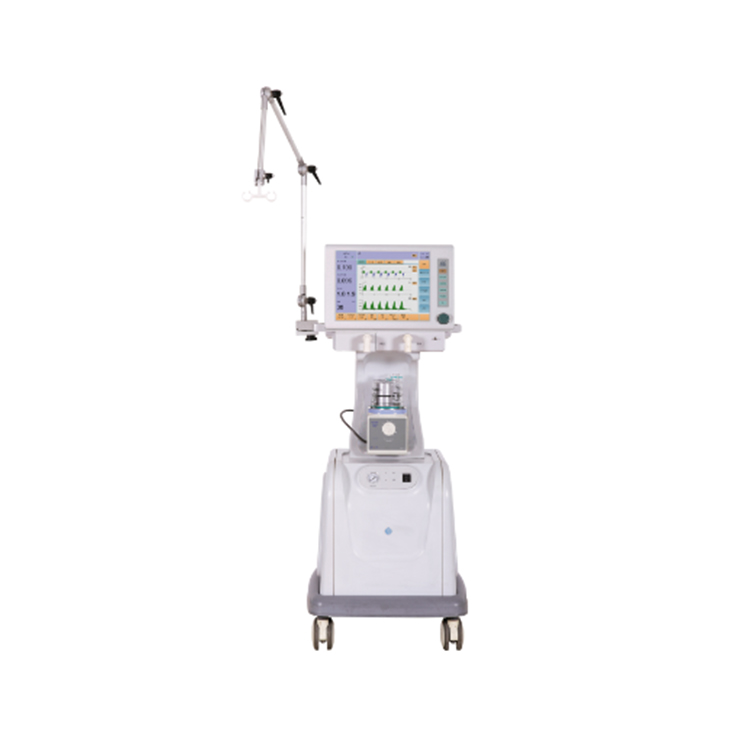
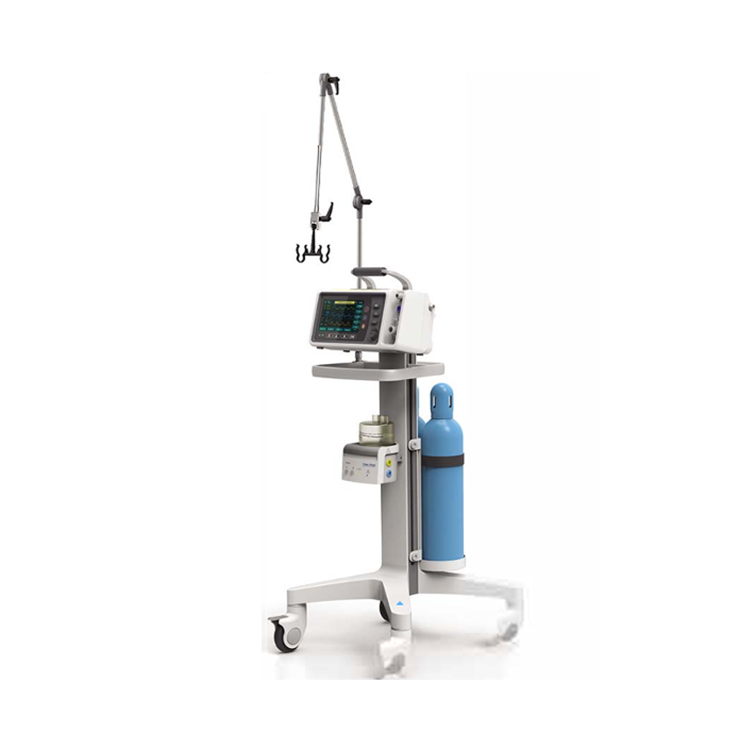
| Ventilador no invasivo | Iventilador invasivo | |
| Differences between ventilators | Low volume and simple panel | High volume and complex panel |
| High flow, low pressure and good leakage compensation | Low flow, high pressure and poor leakage compensation | |
| Simple setting of monitoring and alarming | Perfect setting of monitoring and alarming | |
| Connection mode for ventilators | Connection through the oral-nasal mask, nasal mask or full-face mask | Connection through orotracheal, nasotracheal intubation or tracheotomy |
| Mechanical ventilation mode | Less, BiPAP(Bi-level, I/E), CPAP, etc. | Más, VCV, PCV, SIMV, PSV,etc. |
| Suitable patients | Patients with mild-to-moderate respiratory failure | Patients with severe respiratory failure |
| Scope of application | Intensive care unit (ICU), general ward, family | ICU |
| Advantages | Preserve the normal physiological function of the patients (talking, expectoration, eating, etc.) | Good sealing performance of pipeline |
| Less pain and easy tolerance | Good man-machine cooperation | |
| Avoid the complications of invasive mechanical ventilation | Has air-oxygen mixture, and can accurately set the inhaled oxygen concentration | |
| Avoid or reduce the use of sedatives | Easy guaranteed airway management | |
| Relatively low medical expenses | Perfect setting of ventilation parameters and alarming, which can ensure accurate ventilation and timely find problems | |
| Disadvantages | Poor airtightness of airway and easy leakage | Easy to cause facial injury |
| Simple setting of monitoring and alarming | Complex pipeline connection and bulky | |
| Mostly has no air-oxygen mixture, and can not accurately set the inhaled oxygen concentration | Can not preserve the normal physiological function of the patients | |
| Not conducive to the drainage of airway secretions | Poor patients’ tolerance and need to use sedatives or muscle relaxants frequently | |
| Insufficient gas heating and humidification | Common mechanical ventilation related complications (injury of the oral and nasal mucosa and the vocal cord, ventilator-associated pneumonia, ventilator-associated lung injury, etc.) | |
| Easy to cause abdominal distension | Ventilator dependence is prone in some patients | |
| High medical expenses |
Productos seleccionados (para más modelos de productos, contáctenos):

| Ventilador combinado no invasivo & invasivo | Especificación: |
| • Elegant and portable design
• 7″color touch screen with screen lock • Real-time display of 4 waveforms and 3 loops • Tidal Volume range:20-2500ml, I:E ratio1:59 to 99:1 • 17 ventilation modes: V-AC,V-SIMV, PRVC,PRVC+,P-AC P-SIMV,PCV,CPAP,CPAP+,BiPPV,BiPPV+,APRV,APRV+ CPR,RSA,HFNC • CPR mode according to AHA guideline • 2 trigger way: pressure and flow • 02 concentration adjustment from 40% to 100% (21% to 100% option) • Internal PEEP valve • Audible and visual alarm for multi-parameters • Optional Mainstream EtC02 with Respironics technology • Rechargeable Lion battery with 10 hours standby time, and 5 hours working time |
|
| Certificados: CE,IMPORTANTE | |
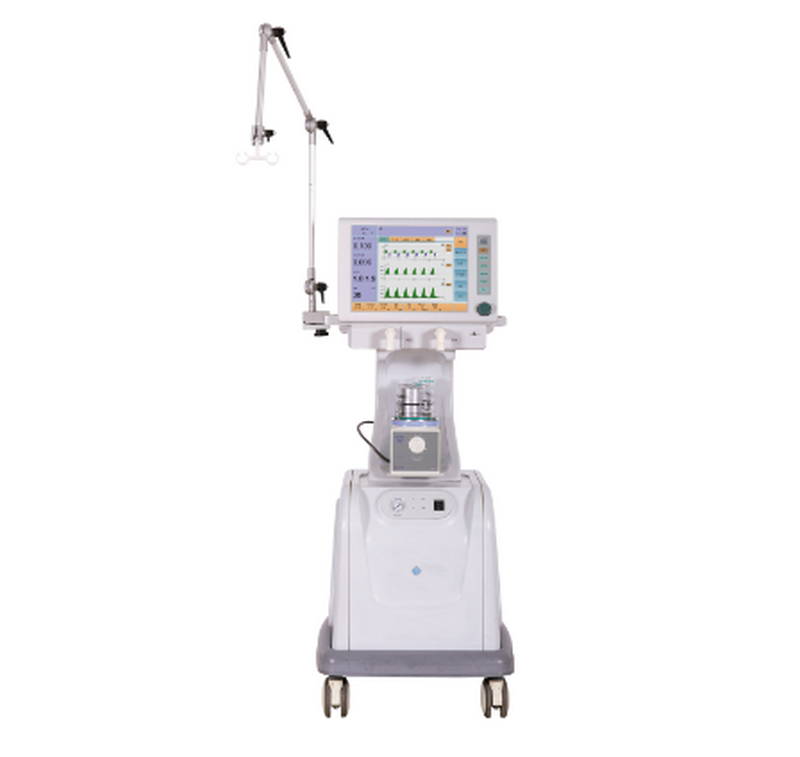
| Ventilador de la UCI | Especificación: |
|
|
Modo de ventilación
PRVC, APRV, DUOLEVEL, V-SIMV, P-SIMV, IPPV, P-A/C, V-A/C, PCV, PSV, PONT/CPAP, SIGH, MANUAL Parámetro del ventilador Volumen corriente (Vt): 0~ 2000 mL Frecuencia (Freq): 1min~100min Concentración de oxígeno: 21%~100% l: E: 4: 1~1: 8 PEEP: 0cmH2O~ 40 cmH2O Sensibilidad de activación por presión (Ptr): -20 cmHzO ~ 20 cmHzO (basado en PEEP) Sensibilidad del disparador de flujo (Ftr) : 0.5L./min ~ 30 L /min Control de presión (PC): 5 cmH2O ~ 80 cmH2O Soporte de presión (PS): 0 cmH2O ~ 80 cmH2O SIGH: 0 (apagado) 1/100 ~ 5/100 Ventilación de apnea: OFF, 5s~60s Límite de presión: 20 cmHzO ~ 100 cmH₂O Parámetro de seguimiento Frecuencia (Freq): 0/ min~ 100 / min Volumen corriente (Vt): 0mL~2500mL MV: 0L /min ~ 99 L ./min Presión de las vías respiratorias: 0 cmHzO ~ 100 cmH2O Prueba de cumplimiento dinámico pulmonar: 1 mL/cmHzO ~ 1000 mL /cmHzO Concentración de oxígeno: 15%~100% Tamaño de embalaje Componentes principales: L 560 * W560 * H 605 mm GW: 40KG, NW: 17 KG Compresor de aire: L 670* W700 * H 1160 mm GW: 84 KG, NW: 46.2 KG |
| Certificados: CE, ISO | |
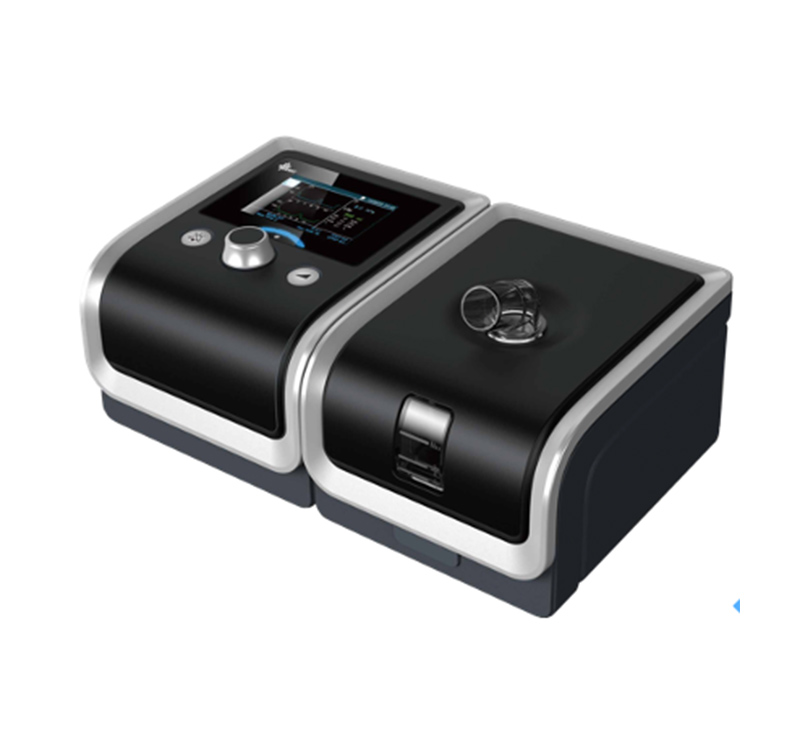
| BPAP | Especificación: |
| Información general
Dimensiones: 170 mm × 180 mm × 118 mm/290 mm × 180 mm × 134 mm (con humidificador) Peso: 1.5 kg/2.5 kg (con el humidificador) Capacidad de agua: 350 mL al nivel de agua recomendado Rampa: el tiempo de rampa varía de 0 to 60 m minutos Humidificador: Configuración del humidificador: apagado, 1 to 5 (95°F a 167°F / 35°C a 75°C) Salida del humidificador: No menos de 10 mg H2O/L Rango de SpO2: 0 to 100% Rango de frecuencia de pulso: 40 to 240 BPM Nivel de presión sonora: < 30 dB, cuando el dispositivo funciona a una presión de 10 hPa Almacenamiento: la tarjeta SD puede registrar datos del paciente e información de fallas Consumo de energía CA: 100 – 240 V CA, 50/60 Hz, Max 2 A Parámetros clave Target Vt: On/ Off 150~1500 mL Reslex: Paciente, Apagado, 1~3 I Sens .: 1~8 E Sin .: 1~8 Tasa de resolución: 3~40 BPM Ti: 0,3-3,0 s Tiempo de subida: 1~4 |
|
| Certificados: CE, ISO | |
Ventilación no invasiva (VNI):Adecuado para pacientes con insuficiencia respiratoria leve a moderada; ofrece ventilación no invasiva (VNI) a pacientes con insuficiencia respiratoria mediante una máquina de presión positiva en las vías respiratorias de dos niveles (BiPAP).
Ventilación invasiva:Adecuado para pacientes con insuficiencia respiratoria grave o síndrome de dificultad respiratoria aguda (SDRA) y aquellos que no pueden mantener la respiración espontánea; facilita el tratamiento de pacientes críticamente enfermos con una vía aérea artificial.
Ventilador /invasive no invasivo:Destinado a proporcionar soporte ventilatorio flexible para pacientes con insuficiencia respiratoria aguda moderada a grave/chronic.
Address: Beijing, Haidian District, Xizhimen, Beida Street, Jia NO 43, Jinyun Building, Block B, Room 305-02
Número de contacto: +86-18518778855
Contacto: Dr. Chenlong Gao
Correo electrónico: [email protected]
Móvil:+86-18518778855